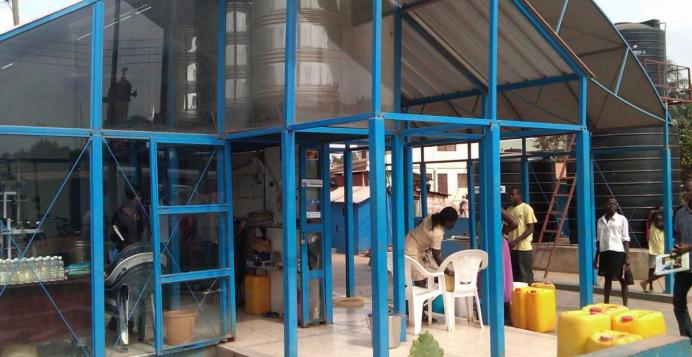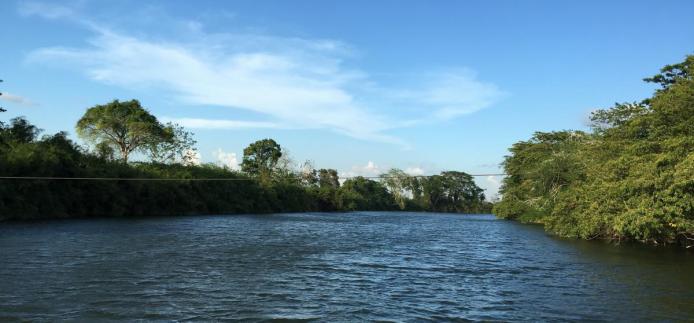Greg Koch of The Coca-Cola Company highlights the key findings of research on integration of WASH and freshwater conservation
Published on: 14/09/2016

At The Coca-Cola Company, our water stewardship strategy takes us out of direct operations (our bottling and other manufacturing plants) to communities and the watersheds we all share. Over the years, our work, with partners has helped millions of people gain access to sustainable supplies of safe drinking water. We have also helped conserve billions of liters of freshwater through projects focused on improving water quality and flows. Our latest report provides details.
With the advent of the Sustainable Development Goals (SDGs), especially on water, and the Africa Biodiversity Collaborative Council's (ABCG) groundbreaking guidelines on the integration of water, sanitation and hygiene (WASH) with conservation, we became interested in exploring how our efforts in both spheres could be integrated for greater impact.
This summer, we conducted research that builds on ABCGs work which is presented in our report Integration of Water, Sanitation, and Hygiene (WASH) and Freshwater Conservation: Overview and Background, Case Studies, and Enabling Conditions. In addition to document research, we conducted approximately 50 interviews with practitioners doing WASH and freshwater conservation from three sectors:

Key findings of this study:
At IRC we have strong opinions and we value honest and frank discussion, so you won't be surprised to hear that not all the opinions on this site represent our official policy.